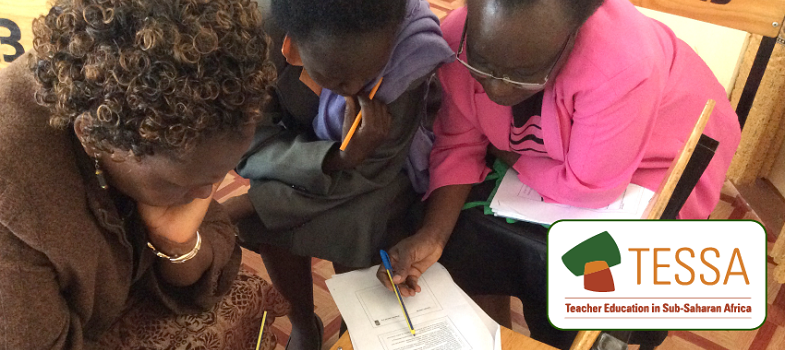1. Using group work and pair work to explore employment
Young people and adults do different activities as work and employment. In this section, we suggest you use a ‘think-pair-share’ approach to help your pupils explore the meaning of work and employment and its importance.
Exploring where the money comes from to provide things at home is a good starting place for this topic.
In Activity 1 you ask your pupils to think about the different kinds of work in your community and discuss the difference between work and employment. Case Study 1 shows some pupils’ ideas about different types of employment.
Case Study 1: Group working and debate
Mr Petrus’ Grade 5 class in South Africa had been working on different forms of employment in the country. He now wanted them to focus on the local community.
Mr Petrus split the class into two. He asked one half to identify all the local employers and prepare an argument saying why it is better to be employed. He asked the other half of the class to identify different informal ways to make money and prepare an argument saying why it is better to earn money this way. After 20 minutes of preparation time, each group gave in their list and Mr Petrus wrote it on the board – making sure he didn’t duplicate ideas (see Resource 1: Ways of earning money for their list). They discussed the lists and realised that the work is the same in some cases, whether formal or informal, paid or unpaid.
In the next lesson, they held a debate, with each group nominating a speaker to present their argument. At the end, they held a vote on whether formal or informal employment is better. Even after the vote, the pupils continued to discuss the ideas, which pleased Mr Petrus.
Activity 1: Using think-pair-share to explore work activities
Use the ‘think-pair-share’ approach for pupils to identify different ways to make money and explore pupils’ employment opportunities.
- Ask your pupils to each think of the different ways there are to earn money. Give each pupil five minutes.
- Next, pair them with their neighbour and ask them to share their ideas. (If your pupils sit in desk groups of three, you could use threes instead of pairs.) They combine their ideas to make one list for each pair or three. Allow ten minutes.
- Ask each pair or three to give their ideas and list them on the board.
- Discuss the distinction between work and employment. Make sure they understand that people must work in their homes and on the land, and this is different from the work they do as employment for which they get paid.
- Ask the pupils to share how they would like to be employed in the future.
Section 3 : Looking at work and employment



